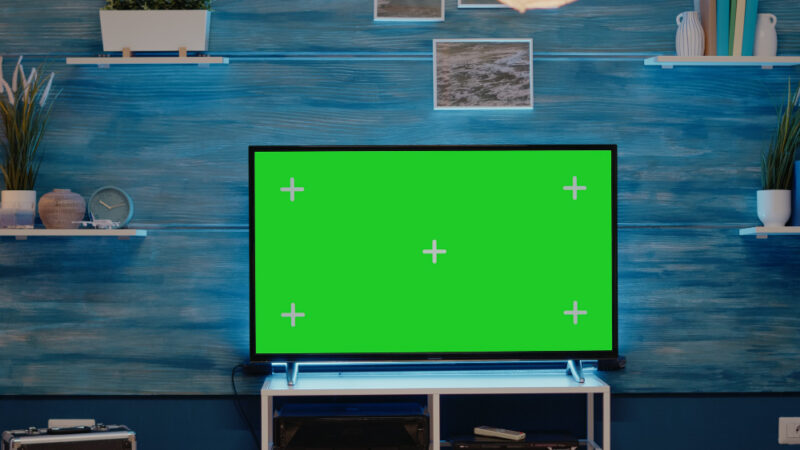Some users hold back from setting up a virtual background because they think they need a greenscreen. The next-generation technology that allows for virtual office backgrounds can display over a background of any color as long as there is enough light to create contrast. Find out how to configure a virtual background, experiment with different background designs and set up virtual backgrounds to work on your preferred video conferencing platform.
Easy To Configure
A virtual background that works without the need for a green background can make it easier for anyone to use virtual backgrounds anywhere. Rather than having to seek out a solid green or blue background, users can get professional-looking results by pointing their cameras at a blank wall to display a high-resolution background image.
An office background free is an easy way to display a virtual background. You can choose from a limited selection of background designs with watermarks that also include space to display a custom logo. It is just as simple to configure premium backgrounds without watermarks when you invest in a user license.
Using Different Backgrounds
No matter which background you choose, there is no need to worry about the color of a background. Whereas special effects projects often call for blue backgrounds for lower light and green for brighter light levels, a virtual background can display properly regardless of the color of your surroundings. The most important factors are limiting movement in the foreground and background and ensuring that there is enough light.
For the best virtual background performance, aim for lighting that is bright enough to create contrast between yourself and a real-world background. Avoid halo effects by staying relatively still during video conferences. You can also point your camera toward a wall that is out of the path of foot traffic to prevent passersby from interfering with the appearance of a virtual background.
Cross-Platform Backgrounds
You can use a virtual office background for Teams, Zoom, Google Meet, Skype and other video conferencing platforms that support this feature. Check the features of the platform that you are using and the system specifications for virtual backgrounds to make sure that you can display a background with a particular platform on your camera-enabled computer or device.
When you use a platform that supports virtual backgrounds, all you need to do is access the settings for background effects and choose a background image file. On most platforms, the image you select will become the default background and continue to be displayed on calls and in meetings until you change your background settings.
As long as you can set your camera up facing an empty space or wall, there is no need to use a greenscreen to display a virtual background during virtual meetings. Moving during a call or being in busy surroundings can diminish the image quality of a virtual background. The best way to display a virtual background is to angle your camera toward a blank wall and select your favorite customizable background design.









